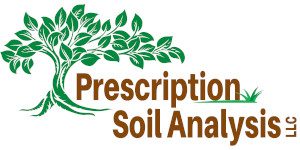| What’s The Difference? |
| “Plants can be no healthier than the soil in which they grow.” |
| Treating plants for health issues instead of the soil is a “quick fix” that will ultimately produce poor plant performance. However, correcting the soil will ultimately produce healthy plants that should reduce or eliminate “quick fix” strategies. |
| There are two general types of soil tests. One test shows some of the nutrients that are in the soil. One tells a lot more about what biology and biochemistry are or are not working, plus additional nutrient information. Here’s the summary. |
| Test Characteristics | Chemical Test | Nutrient Interaction / Availability Test |
| Nutrients Present | Yes | Yes |
| Which Nutrients are Available | No | Yes |
| Strength of Acid Used in Test | Strong | Weak |
| Additional Nutrients Tested | No | Yes |
| Reveals the nutrients plants can use | No | Yes |
| Test results can be used to correct plant issues | Maybe | Yes |
| Most soil tests, including those conducted by state universities, provide minimal information based on the quantity of a few elements found within the soil. Basing a lawn tree or shrub program on the pH of the soil and a couple of nutrients will likely result in poor turf performance. It is not a prescription for success. |
| In contrast, our Prescription Soil Analysis checks nineteen key indicators including the type of soil; organic content and level of salt found in the soil; pH and the actual availability of ten essential nutrients. There is a huge difference between measuring elements in the soil versus knowing that critical nutrients are actually interacting with one another and the plant. |
| Our Prescription Soil Analysis is the only test designed to be easily read and understood by both professionals and property customers. The Prescription Test Result from the test provides valuable information that is easy to comprehend and draws logical conclusions, laying out specific recommendations that are easy to understand and implement. |
